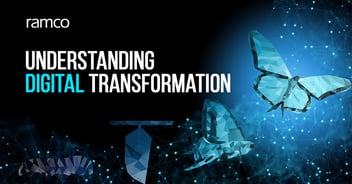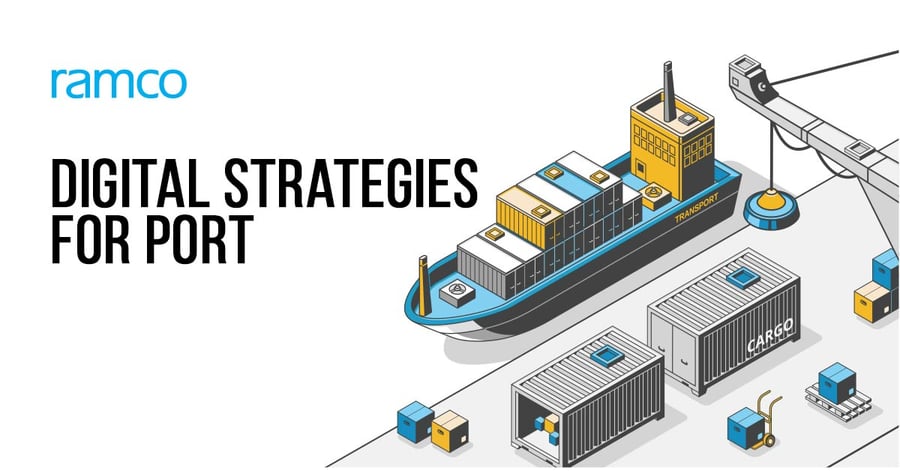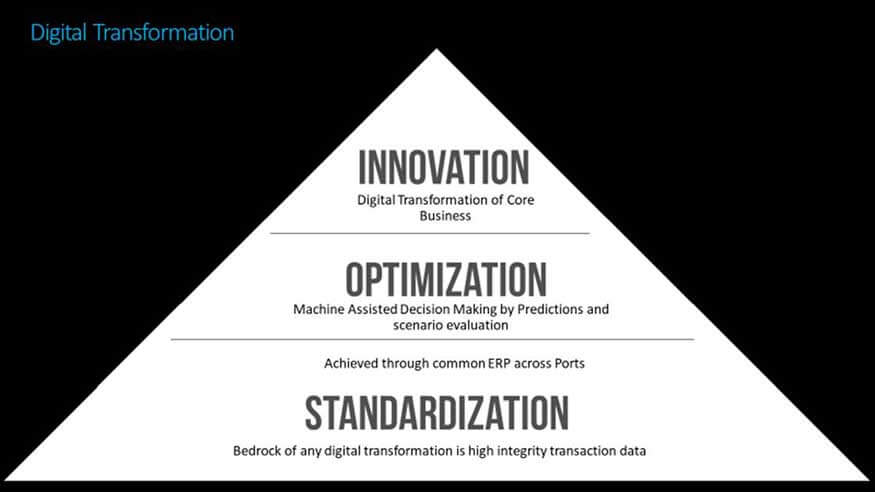
Why there is a Need for Digitalisation of Seaports?
Published :

Seaports form an important and integral role in logistics and supply chains across the world. For they guarantee efficient and safe movement of goods around the globe. When all the other players in the industry are well on their way to using the latest digital technologies, it is imperative for the ports also to transform themselves digitally.
But first, let’s briefly look at the problems that ports are facing. The ports today are facing pressure in the form of constant demand to increase their efficiencies while reducing costs. The ship sizes have increased, the competition has increased, the shipping lines have become digitalised and the government is pressurising the ports to increase throughput with the same infrastructure and more control.
These reasons are why a port should decide to digitalise its operations. Let me give you an easy guide that will help you check the level of digitalisation your port has reached. Some of these points have been mentioned in the informative report/study titled, “IT-Enabled Business Transformation: From Automation to Business Scope Redefinition” by N.Venkatraman:
In 2017’s research paper titled, “An Analysis of Digital Transformation in the History and Future of Modern Ports” the authors differentiated between three main generations in the development of digital transformation in seaports. At Ramco, we have evolved the process of standardisation, optimisation and innovation. First is when we redesign the process to eliminate paper processes and standardise them across various group ports and departments. Second is when these are taken over by the computer wherever possible, and also suggest alternate actions. Third is when we evolve from old to new business models.

A major problem in any Digital Transformation initiative is that the tools available for digital transformation are far too advanced for companies to figure out how to use and to help them resolve their specific problems. An experienced partner who will be able to guide the port in isolating the exact problem, prioritising the value of that problem being solved, and actually creating a technology solution – has become a must.
While all the crucial functions need to be digitalised, important areas among them need to be picked and prioritised. One is the collaboration between all players, from the ships and the logistics agencies to quickly arrive at dynamic schedules, so that the ships are kept at the berth for the least time possible. The second is to maintain a very detailed view of the inventory for quick retrieval of the containers. The third is implementing an enterprise asset management strategy, through which the health of the asset is predicted by the systems that are constantly monitoring it with the help of sensors. Mobile-based and voice-based data input greatly enhances on-site inspections, data inputs.
Ports should look out for a solution partner for a payroll system that has all the necessary capabilities to help them in this transformation journey.

All Rights Reserved. © Copyright 2023. Ramco Systems.